
Hundred-year-old 'witnesses'
Walking along Pham Hong Thai Street, the old house number 85 with its warm yellow color creates a special impression. This house was designed and built by a landlord who hired a French architect in 1903. After many historical events, in the 50s of the last century, the grandparents of Mr. Ta Manh Cuong, the current owner of the house, rented it and then bought it back from the State. Among the surrounding houses that were renovated and given a "new coat" with modern architecture, convenient for business, Mr. Cuong's family house still retains its original architecture. "In 2015, I renovated it but only used lime, sand, and molasses like before. It took two weeks to complete a small decorative leaf the size of a hand," Mr. Cuong said.
To harmonize with the overall house, the interior is also arranged in a nostalgic style. Mr. Cuong also collected more than 40 antique French bicycles and many items typical of French culture. “Each artifact and item I collect has its own story. They make this house not only a place to live but also a part of the city’s memory,” Mr. Cuong shared.
On Beijing Street, the old house of Mr. Nguyen Duc Thang's family is also a highlight. More than 100 years have passed, but the house is still sturdy in the middle of the bustling city. The lime-thatched ceiling is cool in the summer and warm in the winter, the arched doors are curved and the delicate patterns are still durable over the years. "This house is a place to preserve my family's memories for many generations. I hope my descendants will continue to preserve and maintain it," Mr. Thang said.
On Son Hoa Street, the two-story house built in 1926 with a yellow facade painted with time creates a nostalgic beauty. The facade is divided into three symmetrical spans, four fake columns rising straight up to the roof ridge, the column heads are decorated with patterns in bold French neoclassical style. On top is a series of balustrades made of cement mortar, both decorative and creating a sense of grandeur. The dark brown wooden shutters, now faded, still retain their antique look, evoking the atmosphere of an old town. The embossed floral motifs at the top of the door arch, the horizontal moldings and the lime yellow color of the walls are old but the details are still sharp, exuding the talented craftsmanship of the ancient craftsmen.

When passing through the streets of Tam Giang, Bac Kinh, Son Hoa, Pham Hong Thai... in Hai Duong ward, it is not difficult to see old houses with French architecture. After invading Hai Duong in 1883, the French demolished the solid military citadel to build the urban area. Since then, houses with French architecture were built, becoming symbols of the prosperity of Hai Duong city at that time.
Up to now, there is a house that is over 100 years old. Although time has covered it with moss, the windows, domes, walls and pillars still retain their own unique architectural features. They stand there quietly as living witnesses, telling the story of a prosperous period, of the East-West cultural exchange that created the appearance of Hai Duong streets.
Preserving urban memory
Architect Nguyen Van Thuong, Chairman of the Hai Duong Architects Association, said that when the French architectural style was introduced to Vietnam, including Hai Duong, many elaborate and cumbersome details were removed. The characteristic of this architecture is the focus on blocks, large walls, and balanced lines. In Hai Duong, buildings are usually only two stories high. The second floor is tiled, sometimes with cement floors or wooden floors.
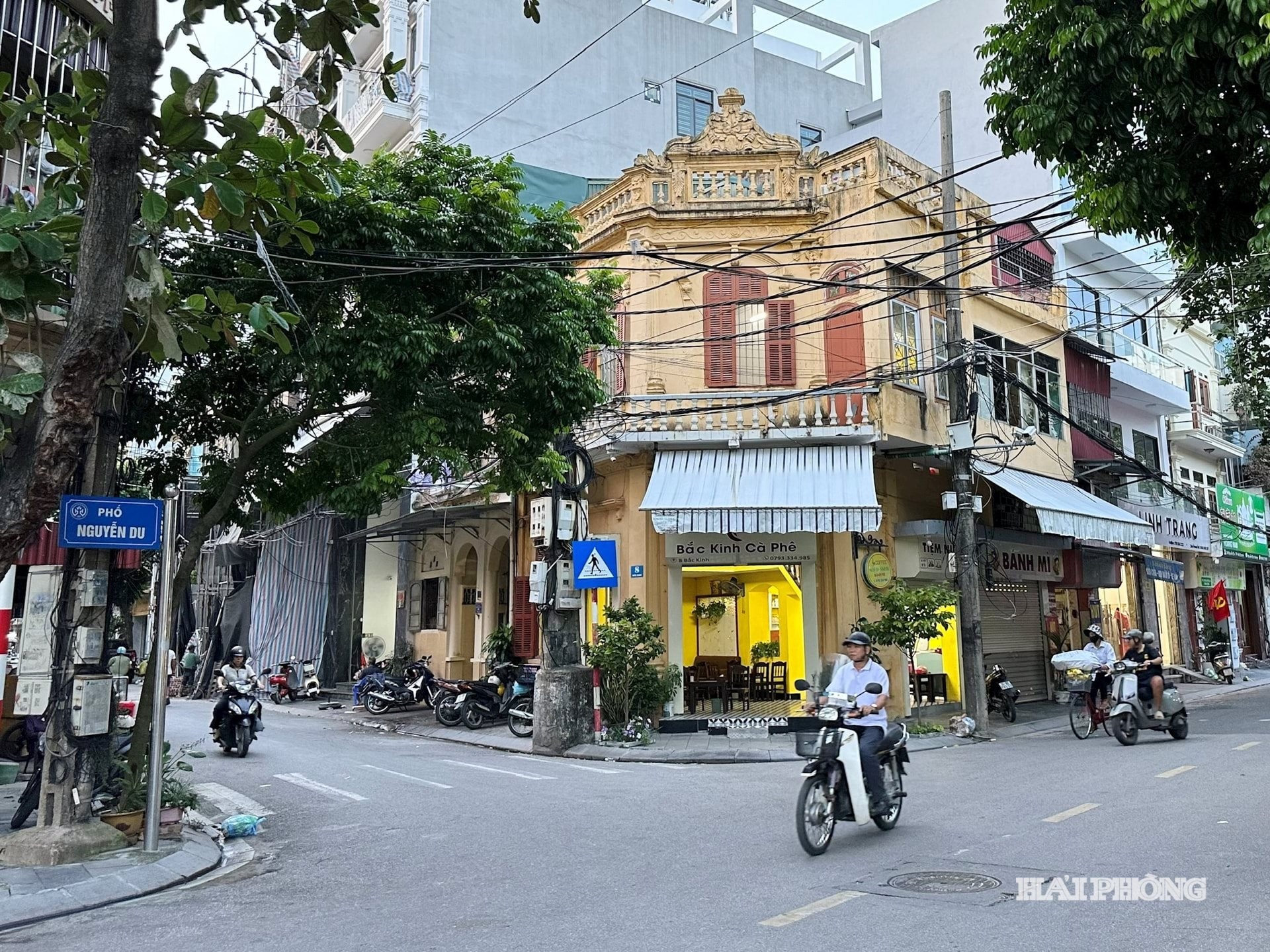
The characteristics of these ancient houses with French architecture are harmonious proportions, symmetrical, elaborate and sophisticated motifs. The main colors are yellow and cream, colors that symbolize prosperity and royalty. The details are soft thanks to graceful curved decorative patterns. This is also the reason why many ancient French houses in Hai Duong ward have become favorite check-in spots for many young people.
According to Mr. Thuong, the preservation of valuable architectural works and the preservation of the cultural and historical identity of the Eastern region is an important basis for preserving the imprint of urban development. For effective preservation, relevant departments and branches should advise the city to set out specific criteria and clear policies. For public and office buildings, the preservation is quite simple. However, for residential houses, this is more difficult because it is closely linked to the needs of living, renovating and upgrading of the people. Therefore, there should be policies to support and encourage the maintenance, preservation and preservation of works of historical value.
Preserving old French houses not only helps to preserve the memories of a historical period, but also preserves and cherishes the past, so that the architectural marks do not fade over time. If invested in tourism exploitation, combined with the display of artifacts, the houses can become attractive destinations, contributing to promoting the image of the old Hai Duong urban area.
HA NGASource: https://baohaiphong.vn/dau-an-kien-truc-co-o-phuong-hai-duong-521204.html




![[Photo] Prime Minister Pham Minh Chinh chairs the Government's online conference with localities](https://vphoto.vietnam.vn/thumb/1200x675/vietnam/resource/IMAGE/2025/10/5/264793cfb4404c63a701d235ff43e1bd)

![[Photo] Prime Minister Pham Minh Chinh launched a peak emulation campaign to achieve achievements in celebration of the 14th National Party Congress](https://vphoto.vietnam.vn/thumb/1200x675/vietnam/resource/IMAGE/2025/10/5/8869ec5cdbc740f58fbf2ae73f065076)

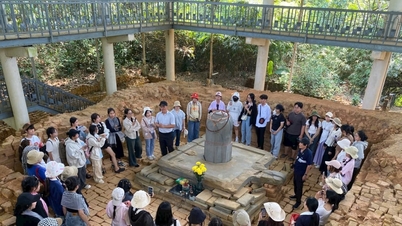

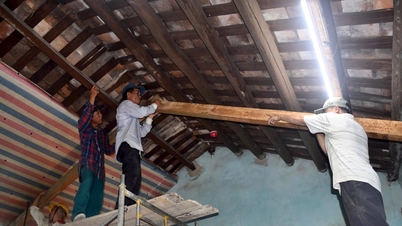


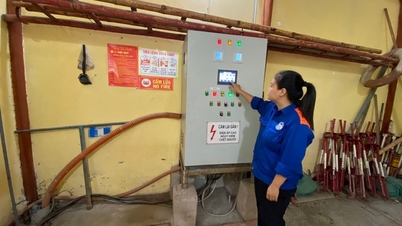






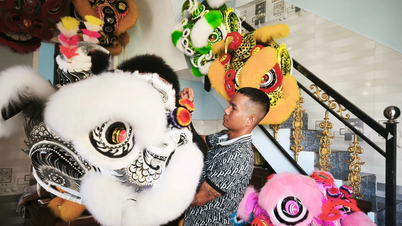











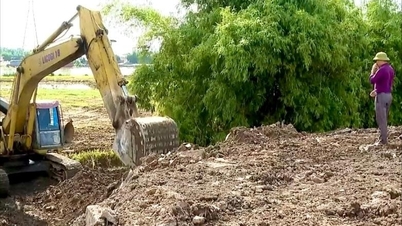




































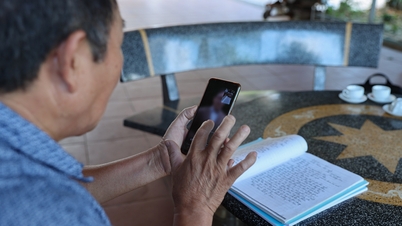

































Comment (0)